Influence of ski width on alpine skiing safety
- Code L5-4142
- Date 01.07.2011 - 30.06.2014
- Funds provider Slovenian Research Agency
- Organisation UL Faculty of sport
- Holder Prof. Ph.D. Matej Supej
AbstractRecently, the number of knee injuries and also injuries to other parts of the body as a result of the fall has been on the increase, both in recreational and competitive Alpine skiing. This concurs with the trend observed in the ski manufacturing, namely the widening of the area of ski under the boot and the lowering of the base plate. A consideration of the balance of forces and torques reveals the fact that, in case of a wider ski, the vector of the ground reaction forces no longer crosses the knee joint, thus the knee joint is exposed to higher torques in the medio-lateral direction. However, skiing is a complex motor task and it is impossible to arrive at reliable and final findings using such a simplification of the problem. This requires an in-depth study which will be divided in three phases. Phase I:Field measurements First, some typical samples of skiing with different skis will be acquired. The following will be measured: 1) 3D movement of the skier's locomotor system, 2) muscle activity, 3) skier's global position and speed on the ski slope, 4) ground reaction forces and 5) 3D mesh of the ski slope surface. The result of Phase I will show whether there are any significant differences in the activation of knee muscle structures, in the kinematics of the skiing technique and in the external forces acting on the skier. The measured data will be directly used for biomechanical modelling in Phase II and for construction of the laboratory device for testing the loading on the musculoskeletal system which will be based on the use of robot technology and construction of an artificial leg (Phase III). Phase II:Biomechanical modelling Phase II involves designing of a complex biomechanical model for calculating the forces and torques which act on the joints of the skier with a focus particularly on the knee joint. The existing system (OpenSim) designed for biomechanical modelling and simulation will also be used. The results of the measurements in Phase I (kinematics and dynamics) will serve as input data for the designed skier model. The results of Phase II will include the derived forces and torques in the knee joint based on actual field measurements and using different skis. Phase III:Testing device As biomechanical modelling involves the risk of the model failing to deliver real results, a testing device will be developed in Phase III to enable experimental verification of the biomechanical model. For this purpose a model of a human leg will be designed and exposed to the same conditions as can be seen in Alpine skiing. These forces will be re-created using robot technology i.e. a parallel robot mechanism. A standard measurement protocol will be designed on a simulation device which will enable a direct comparison of the average and maximum forces and torques in the knee while using different skis or bindings. It should be emphasised that this device is designed also for testing real skis, bindings and base plates, not only mathematical models. The socio-economic justification of the project is reflected in several points. Slovenia has a strong ski equipment industry and highly developed winter tourism, as Alpine skiing is a national sport. Therefore, a safe and healthy way of practising sport is extremely important and is directly related to the use of appropriate equipment. It is generally known that recreational sport positively affects health and productivity at work. Thus, the probability of injuries must be reduced. The problem of injuries is also clearly manifested in competitive skiing which is highly developed in Slovenia. It can be expected with high probability that the new findings of the project will contribute to fewer injuries in recreational and competitive skiing as well as help to boost the skiing industry. Moreover, the new testing device will also be of great use to the manufacturers and assessors of ski equipment as it can be used for measuring the impact of real ski equipment on the musculoskeleta










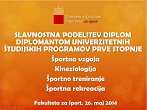


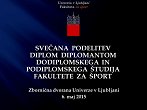
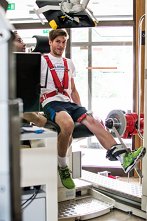
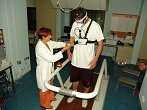




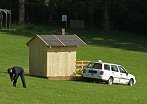
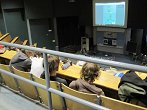




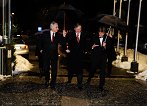



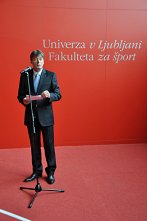




.png)